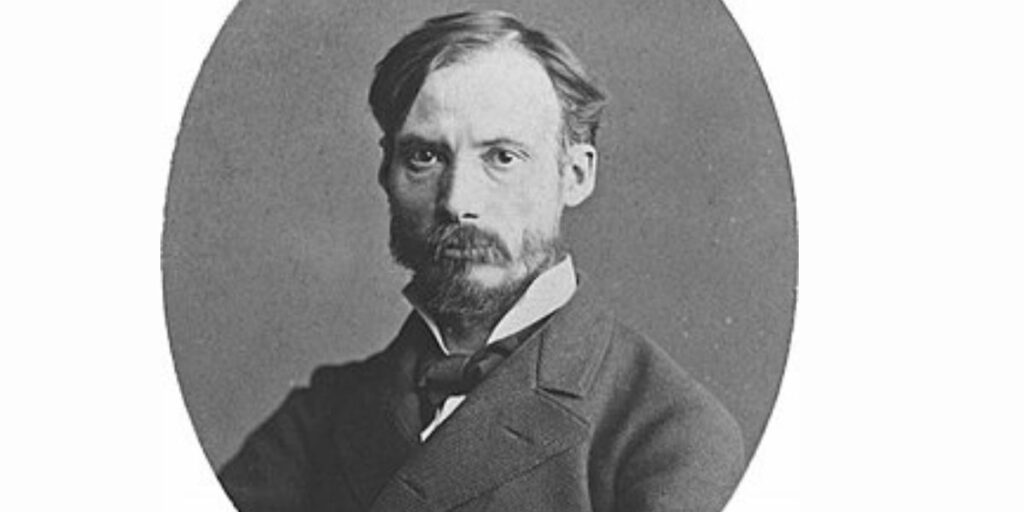Introduction: The Artistic Brilliance of Pierre Auguste Renoir
Pierre Auguste Renoir was one of the most influential and celebrated artists of the Impressionist movement. His paintings, known for their vibrant color palettes, fluid brushstrokes, and focus on capturing the beauty of everyday life, have left an indelible mark on the art world. Renoir’s works often depict scenes of leisure, love, and natural beauty, and his mastery in portraying light and movement made him a key figure in the development of modern art. In this article, we will explore some of Renoir’s most iconic artworks and the lasting impact of his artistic legacy.
Early Career and Influence of the Impressionist Movement
Pierre Auguste Renoir began his career in the mid-19th century, a time when the art world was undergoing significant change. He initially worked as a porcelain painter before attending art school, where he met other prominent artists of the era, including Claude Monet and Alfred Sisley. Together, these artists formed the foundation of the Impressionist movement, which sought to capture fleeting moments and the play of light using loose, expressive brushstrokes.
Key Features of Renoir’s Style
- Vibrant Color Palettes: Renoir often used bright and vivid colors to bring his scenes to life, avoiding harsh lines and favoring soft transitions between shades.
- Focus on Light and Movement: Like many Impressionists, Renoir was fascinated by the effect of light on objects and people. His paintings often have a luminous quality, with light playing a central role in his compositions.
- Depiction of Everyday Life: Renoir loved to paint scenes of leisure, such as people enjoying picnics, attending dances, or relaxing by the water, which gave his work a joyful and carefree feel.
Renoir’s Iconic Artworks: A Study in Beauty and Emotion
Renoir’s artistic legacy is anchored in his ability to capture the beauty and emotion of everyday moments. His paintings evoke a sense of warmth and humanity, drawing viewers into the worlds he created on canvas.
1. Luncheon of the Boating Party (1881)
One of Renoir’s most famous paintings, Luncheon of the Boating Party, depicts a group of friends enjoying an afternoon by the Seine River. The painting is a masterpiece of composition and light, with each figure bathed in the warm glow of the sun. Renoir’s attention to detail in the faces and postures of his subjects brings a sense of intimacy and connection, making viewers feel as though they are part of the gathering.
2. The Swing (1876)
The Swing is a delightful example of Renoir’s ability to capture movement and joy. The painting shows a young woman on a swing, surrounded by friends, with dappled sunlight filtering through the trees. The lightheartedness of the scene and the fluidity of Renoir’s brushwork make this painting a celebration of life and nature.
3. Bal du Moulin de la Galette (1876)
Another one of Renoir’s iconic works, Bal du Moulin de la Galette, depicts a lively dance scene in a Parisian garden. The painting is known for its vibrant atmosphere, with figures dancing and socializing beneath the trees. Renoir’s use of light and color creates a sense of movement and happiness, making the viewer feel the festive energy of the moment.
The Emotional Depth of Renoir’s Portraits
In addition to his vibrant scenes of leisure, Renoir was also a gifted portrait artist. His portraits often convey a deep sense of emotion, with subjects depicted in soft, intimate settings.
1. Madame Charpentier and Her Children (1878)
This painting showcases Renoir’s ability to capture the tenderness of family life. The gentle expressions on the faces of Madame Charpentier and her children, combined with the warm, rich tones of the painting, create an atmosphere of comfort and affection.
2. The Umbrellas (1881-1886)
The Umbrellas is a striking departure from some of Renoir’s lighter works, with its more somber tone and darker color palette. The painting shows a crowded street scene, with figures huddled under umbrellas. The use of muted colors and the expressions on the faces of the subjects give the painting a more introspective and melancholic feel.
The Dance At Bougival Artwork: A Masterpiece of Movement and Emotion
One of Renoir’s most beloved works is the Dance At Bougival artwork, which captures a moment of intimacy and joy between two dancers. The swirling motion of the couple, combined with Renoir’s masterful use of color and light, creates a sense of vitality and connection. The warm tones of the background contrast with the vibrant clothing of the dancers, drawing the viewer’s eye to the center of the composition. The painting is celebrated for its ability to convey both the energy of the dance and the deep connection between the dancers, making it one of Renoir’s most emotional and powerful works.
Renoir’s Later Years and Continued Legacy
As Renoir grew older, his style evolved, becoming more focused on classical themes and compositions. Despite suffering from rheumatoid arthritis, which left him unable to paint with his hands, Renoir continued to create art with the help of assistants who placed the brush in his hand. His later works, such as The Bathers, show a shift toward more traditional subject matter, with figures inspired by classical sculpture and mythology.
Renoir’s Influence on Modern Art
Renoir’s impact on the art world cannot be overstated. His innovative approach to color, light, and movement influenced not only his contemporaries but also future generations of artists. Painters such as Henri Matisse and Pablo Picasso cited Renoir as a major influence on their work, particularly in their use of vibrant color and expressive brushwork.
Conclusion: The Enduring Appeal of Pierre Auguste Renoir’s Artworks
Pierre Auguste Renoir’s artworks continue to captivate audiences with their vibrant colors, emotional depth, and celebration of life. Whether capturing a lively dance, a quiet moment of reflection, or the beauty of nature, Renoir’s paintings offer a glimpse into a world filled with joy, movement, and light. His contributions to the Impressionist movement and his lasting influence on modern art ensure that his legacy will remain a cornerstone of the art world for generations to come.







